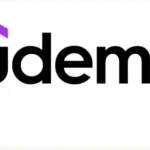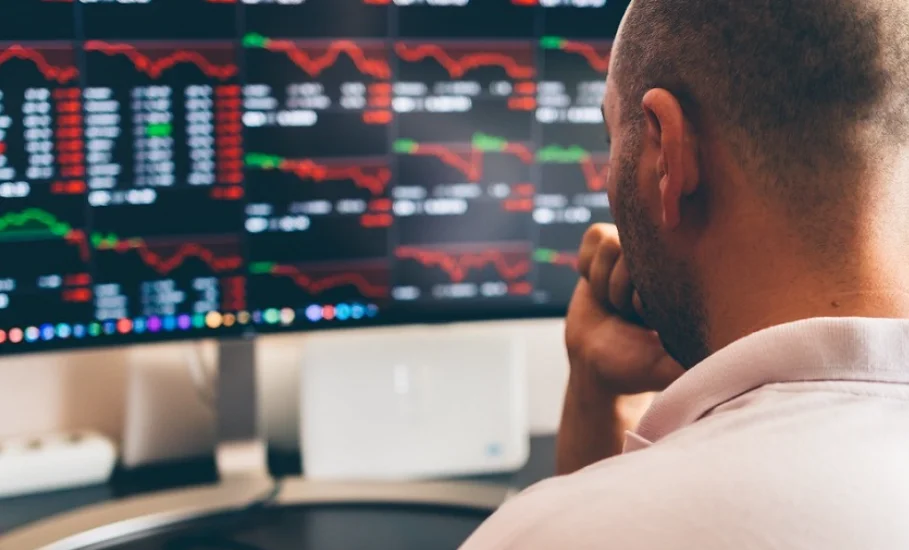You have probably seen the news headlines regarding stock prices crashing on a YTD basis for major developed markets…and maybe your US portfolio is even in the red.
Now investing panic has set in and you are wondering what is going on? Should you stop investing? Should you sell off your entire portfolio and exit 100% to cash?
Newer and younger investors, are likely to be more concerned as they are experiencing for the first time what it’s like to invest in an environment of persistent inflation as well as rising yields.
- Folks born in 2000s haven’t seen inflation average above 3% in the European Union and North America economies which drive a significant portion of global fund flows
Background
In the past 20 years (i.e., since 1990s) global inflation rates have been down ticking across regions …North America, European Union, Sub-Saharan Africa, as well as the world in aggregate.
Even more remarkable is that since 2009 (over 12years), economic powerhouses of North America and the European Union, have averaged inflation rates well below their 2% to 2.5% targeted range
- 2009 to 2020 average inflation for North America was 1.54% and European Union was 1.29%.
Consequently, due to low inflation rates, major central banks have kept interest rates low for over a decade to stimulate their respective economies. (i.e. US Fed, ECB, Bank of England, Bank of Canada, BoJ etc)
This, in turn, meant returns (Yields) on government bonds in these regions have been very low compared to historical average, in some cases yields turned negative.
In other words, with negative Bond yields, when government borrowed from investors, investors had to pay the government. Think about that for a minute, investors lent money to the governments but rather than receiving interest, investors had to pay government (almost like a financial tax for having money to invest)
In summary, a combination of underwhelming GDP growth and low-interest rates over the past decade has meant that the bond market returns haven’t been attractive of recent.
Impact to asset allocations and Equity markets
Due to Bond Market returns being relatively unattractive, investors were left with little choice than to seek alternative destinations for their funds. Thus, money previously allocated to Bonds Markets now found their way to alternative assets classes.
In the last decade, US equity markets growth stocks (specifically technology stocks touted as growth stocks), as well as speculative digital assets (cryptocurrencies), have benefited greatly from the re-allocation of assets away from the Bond Markets
Furthermore, a lot of the Covid-19 stimulus support was transmitted directly into the hands/pockets/bank accounts of end consumers (e.g. US, UK, EU bypassed financial markets and gave cash directly to businesses and consumers through various initiatives).
Thus, we are now seeing higher GDP growth as consumer spending did not collapse as feared and productivity now needs to keep up with demand amidst labour shortage, travel restrictions and shipping logistics nightmare
- For clarity in case you are wondering, higher GDP growth driven by consumer spending amidst productivity challenges (labour and supply chain) will result in price changes (aka inflation) which means central banks must raise interest rates to control consumer spending whilst productivity catches up.
- Per World Bank, GDP growth Rates for 2021-2023 is expected to outpace prior years 2015 to 2019
So what does this mean for Nigerian Retail Investors?
Fixed Income Markets:
- The good news is that for savers in USD$, the bond market is rearing back to life, and if USD interest rate projections are in line with expectations (up to three interest rate hikes) then we should see activity continuing to uptick as investors return to the bond market.
- Additionally, for Nigerian retail investors, dollar mutual funds will likely see an uptick in interest rates as competition by Nigerian financial institutions intensifies.
However, in contrast for Equity Markets, there’s likely to be a mixed reaction to higher interest rates depending on the region.

















